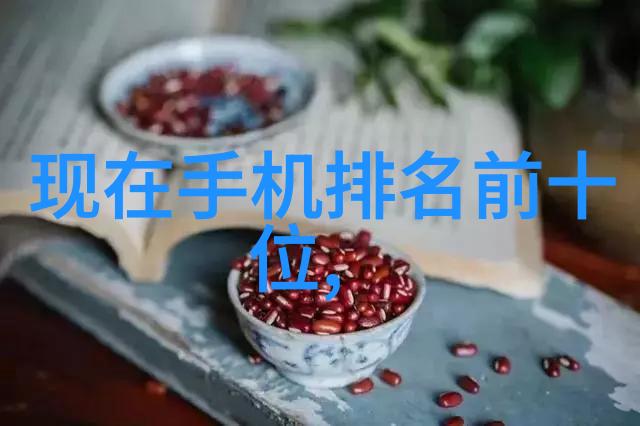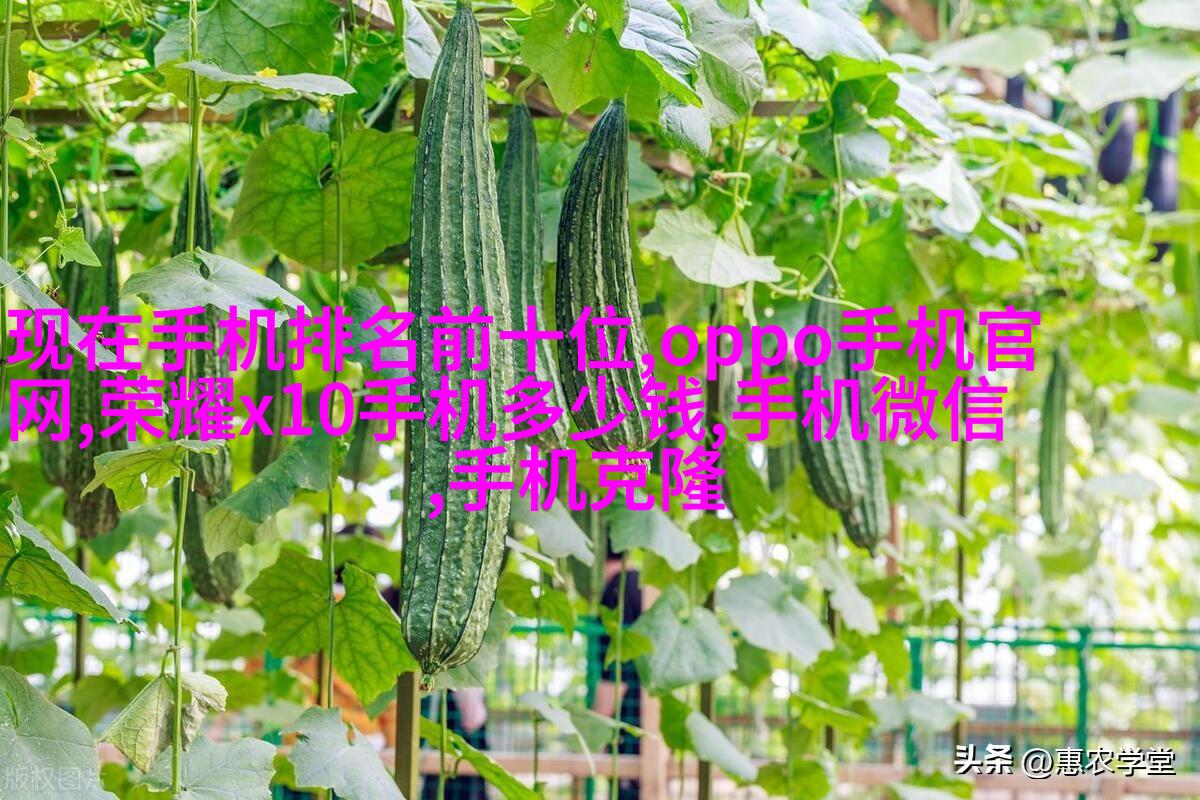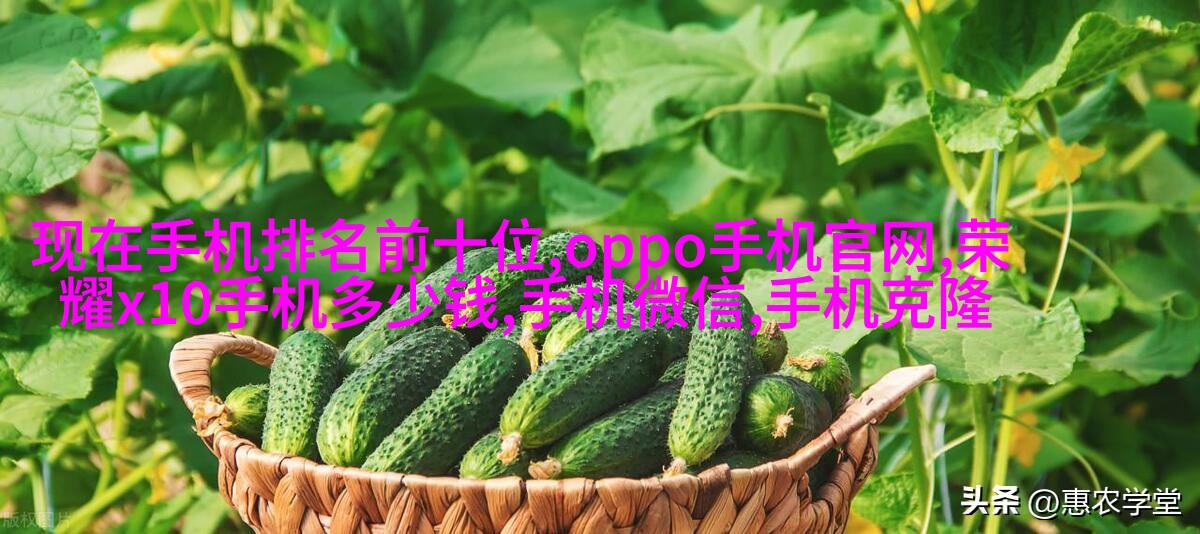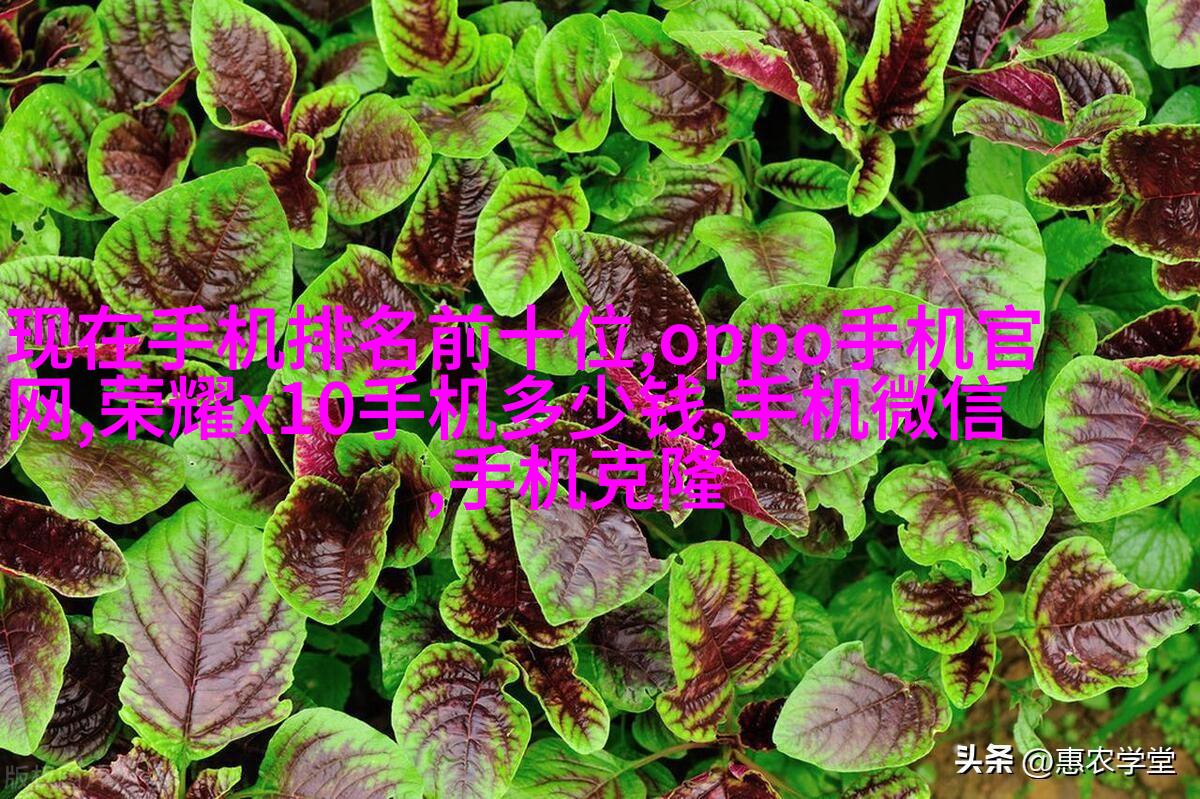在化学实验和工业生产中,反应釜是进行各种化学反应的重要设备。设计一个合适的反应釜不仅要考虑其结构耐用性,还要关注其对化学反应速率影响。为了更好地理解如何通过分析反应釜设计图预测化学反应的速率变化,我们需要先了解什么是反应釜设计图,以及它在这个过程中的作用。

1. 反应釜设计图
反应釜设计图是一种特殊的地理信息系统(GIS)工具,它允许用户创建和分析三维模型,这些模型可以表示不同材料、尺寸和形状的装置。这种技术特别适用于化工领域,因为它能够帮助工程师优化装备,以提高生产效率并降低成本。在此背景下,研究如何通过分析这些设计图来预测和控制chemical reactions变得至关重要。

2. 预测chemical reactions速度
当我们试图使用reaction vessel进行chemical reactions时,我们必须确保所有条件都能为成功完成任务做出贡献。这包括温度、压力、溶剂浓度以及其他可能影响结果的因素之一。当我们想要改变任何这些参数时,我们就需要重新绘制新的design graph以反映所作出的变更。

3. 分析reactor design graphs
为了从design graph中得出有用的信息,我们首先需要了解graph的一些基本概念。一幅typical reactor design graph会显示两种主要类型的数据:CSTR(连续流动生物转换器)或PFR(管道流动生物转换器)。每一种都是根据不同的kinetic models建模出来,可以帮助我们理解在特定条件下chemical reaction发生的情况。

CSTR Design Graphs
对于CSTR reactors,design graphs通常展示了输出流量与输入流量之间关系。如果我们希望增加output flow rate,那么input flow rate也必须相应增加,以保持系统平衡。此外,graphs还可以帮助确定最佳操作点,即那里的output flow rate最大,并且system is at its most efficient state.

PFR Design Graphs
PFR reactors则包含一条线,该线代表着 Residence Time Distribution (RTD) curve。这条曲线告诉我们关于物质停留时间分布的情况。如果we want to increase residence time of the reactants within the reactor, we can do so by increasing the length or diameter of the pipe.
4. 实际应用案例
让我们考虑一个实际案例来演示如何利用reactions designs in predicting and controlling chemical reaction rates。在制药行业,有时候开发者会发现他们正在制造的一个新药物具有非常敏感对温度变化的一般性质。如果temperature becomes too high, it could lead to degradation of the drug before it reaches patients.
Case Study: Temperature Control in a Pharmaceutical Plant
In this case, engineers would use a computer-aided design (CAD) software to create a three-dimensional model of their existing reaction vessel system. Then they would analyze this model using specialized software that simulates different temperature scenarios and calculates how these changes might impact production yield and quality control.
By analyzing these results on a design graph, they could identify optimal operating conditions for maintaining desired temperatures while minimizing risks associated with degradation or overheating issues related to temperature fluctuations during manufacturing process cycles as well as storage periods after final product has been produced from raw materials sourced elsewhere through supply chain networks managed externally but monitored internally by means like barcodes scanning technology applied directly onto packaging containers themselves containing finished goods ready for distribution across all geographical regions worldwide without any additional steps taken beyond what already existent systems support efficiently enough yet still require manual intervention when needed due mostly due limitations imposed upon them because no fully automated solution exists yet despite much progress made recently especially around automation technologies used specifically within pharmaceutical industry where safety considerations play critical role alongside efficiency optimization goals pursued simultaneously albeit somewhat conflictingly since one cannot happen without other being compromised significantly under normal circumstances unless there's some unforeseen breakthrough waiting just around corner which nobody expects but always hopes will come sooner rather than later!